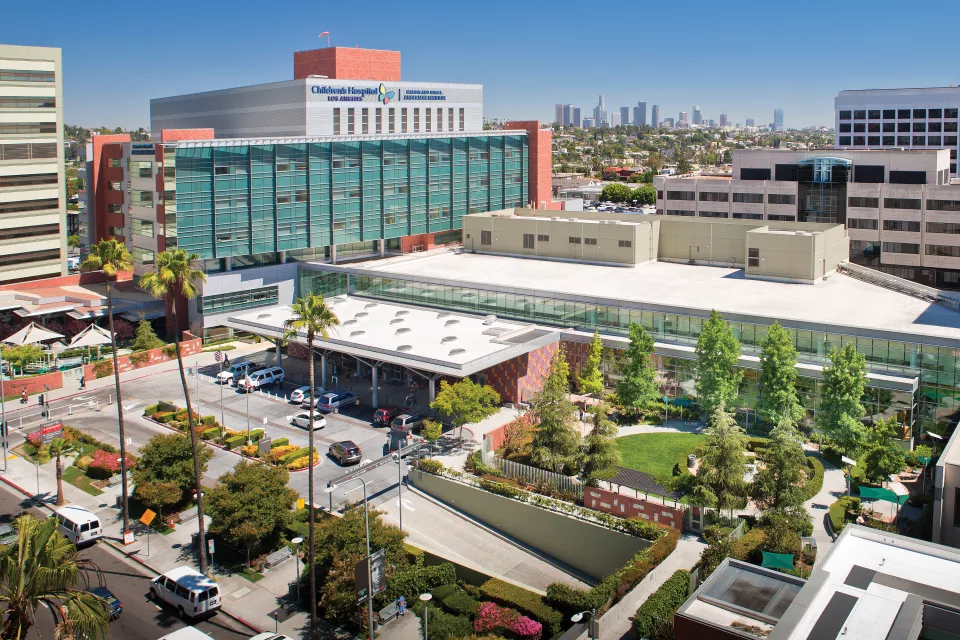Choledochal cysts represent a congenital dilatation or focal enlargement of the bile ducts that drain bile from the liver. There are five types of choledochal cysts:
- Cystic dilation of the common bile duct
- Diverticular out-pouching of the common bile duct
- Intraduodenal choledochocele
- Multiple intrahepatic and extrahepatic bile duct cysts
- Intrahepatic bile duct cysts
The cause of choledochal cysts is unknown. One theory is that an abnormally high connection between the pancreatic duct, which drains pancreatic secretions, and the common bile duct may lead to premature activation of pancreatic enzymes within the bile duct, resulting in weakening of the wall of the bile duct. It is also likely that choledochal cysts arise as a result of abnormal development of the biliary tree, perhaps due to genetic mutations.
Symptoms
Patients with choledochal cysts typically present with symptoms including abdominal pain, a mass, and jaundice (yellowing of the skin and eyes). Pain may be related to blockage of the bile duct associated with infection in the bile duct (cholangitis) or inflammation of the pancreas (pancreatitis). Asymptomatic choledochal cysts can be diagnosed on prenatal ultrasound or postnatally with an ultrasound performed for a different indication. These cysts rarely present in adulthood. Long standing choledochal cysts have been associated with bile duct cancer.
Diagnosis
Radiographic imaging is typically used to diagnose choledochal cysts. An ultrasound of the liver and bile ducts can be performed, and if necessary, computed tomography (CT) scan or magnetic resonance cholangiopancreatography may be helpful in making the diagnosis.
Treatment Options
Given risks for further problems with cholangitis or pancreatitis and the potential for bile duct cancer, surgery is the only reasonable treatment option. Surgery consists of resection of the cyst and using a segment of intestine to reconstruct the drainage of bile from the liver. If inflammation is so severe that the cyst and bile duct cannot be readily dissected away from critical structure adjacent to it, it is acceptable to remove the inner lining of the cyst while leaving the outer wall of the cyst behind. Bypass is also necessary with this approach. Surgery can be performed in an open technique or with a laparoscopic approach, and outcomes are excellent.
